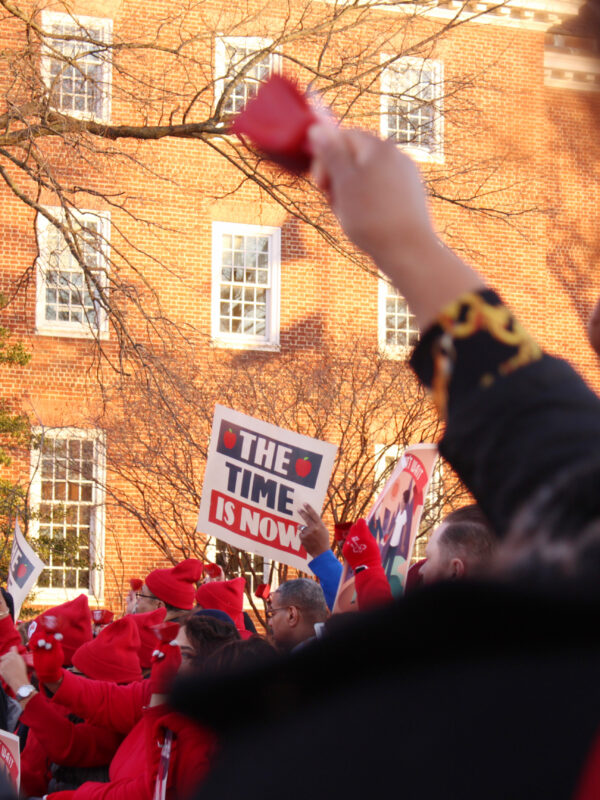Search
Showing
21 - 25 of 142 Results for ""

Al reprender la táctica de “anzuelo” de ICE como una “trampa”, Juez Federal concede mandato en contra de deportación
Court Cases:
Lin v. Nielsen

America’s Legacy: How ICE Promotes White Supremacy
For this Asian Pacific Islander Heritage Month, let us take time to remember that the policies of U.S. Immigration and Customs Enforcement (ICE) also affect Asian and Pacific Islanders in America. For one ACLU of Maryland client, ICE’s actions have been downright destructive to his family and his life. Mr. Lin is an undocumented immigrant from China married to a naturalized U.S. citizen, Ms. Lin, and is legally allowed to apply for his Green Card.

American by Birth and Continent
While some may see my family’s history as solely an immigrant story, I know my family’s story is as American as any other immigrant’s story in our country. My mother came to the United States back in 1984, during the Guatemalan civil war. My dad crossed over the border to be with her in Los Angeles. They had two children, me and my brother. My parents worked hard to provide for us and our extended family, despite facing years of minimum wage jobs and discrimination.

Are We There Yet? 5 Observations on the Road to Updating Maryland’s Education Funding Formula
1. The Heart of the Matter: EquityPutting equity into practice means that state resources must support students and districts impacted by opportunity gaps, achievement lags, and chronic underfunding.Members of the Workgroup must weave equity into every stage of the decision-making process, and students must be at the center of each consideration. This means the state must properly count students so that the Workgroup can design the formula to correctly provide the additional resources that each district needs. Additionally, accountability for the ways the state supports its successful implementation and specific measures for the range of equity factors (i.e. teacher retention practices targeting diverse representation, etc.) is a must. 2. The Richest Counties Are Still Getting the Most Education FundingAccording to Department of Legislative Services (DLS) and the Kirwan Commission’s own analysis, Maryland has a regressive education funding formula. The Maryland Center for Economic Policy found that more than half of students of color in Maryland attend underfunded schools, while the same is true for only 8% of white students. Rich counties receive more education funding than counties with low wealth despite "wealth equalization” measures in the formula. The ability of wealthy districts to contribute more local dollars to their school systems, beyond what is required by st
By Content Type:
By Issue:
Stay Informed
Sign up to be the first to hear about how to take action.
By completing this form, I agree to receive occasional emails per the terms of the ACLU’s privacy statement.
By completing this form, I agree to receive occasional emails per the terms of the ACLU’s privacy statement.





